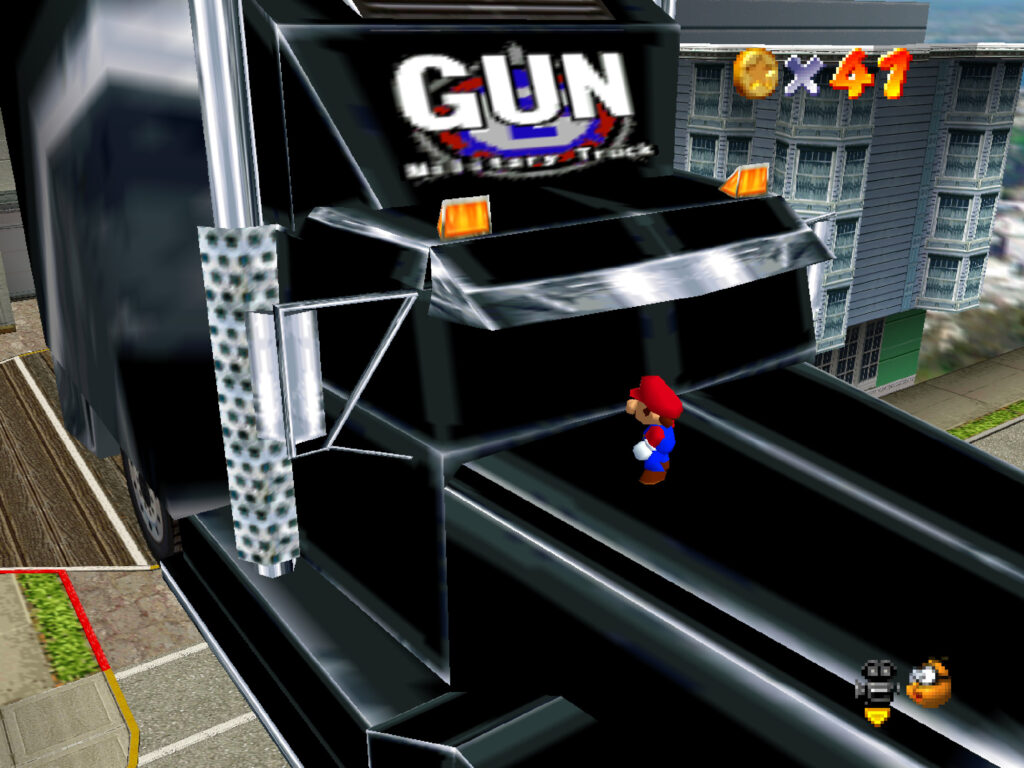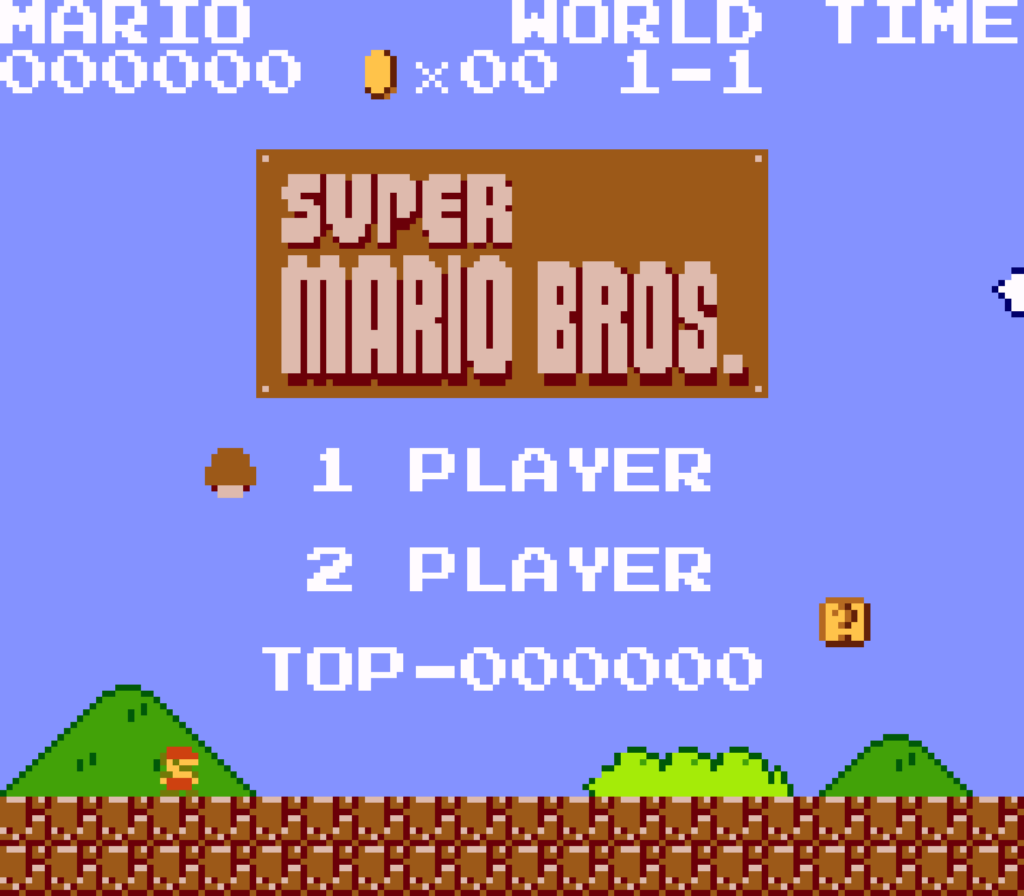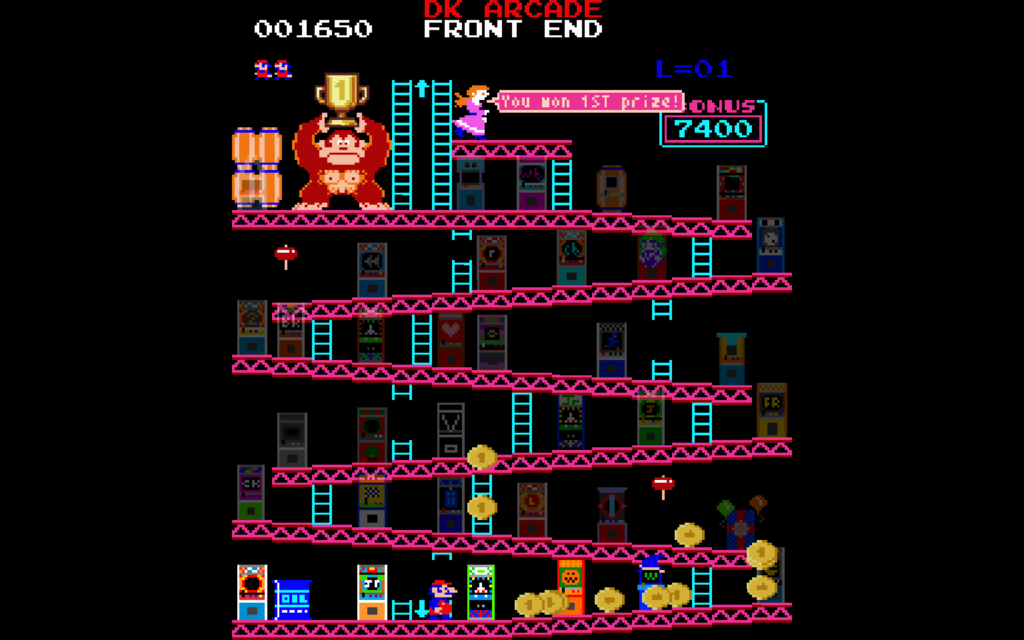
On Romhack Thursdays, we bring you interesting finds from the world of game modifications.
Why do people play romhacks in the first place? I’m setting aside joke hacks (most aren’t that funny), and hacks that seek to make something completely different from the original. I’m talking about the normal style of hack, the type that tries to deliver more of the original game. Especially for a game that’s beloved and well-made in the first place, like Super Metroid?
But you can’t go home again. Without substantial modification to the game’s code that even extensive hacks almost never pull off, the result is a remix of the original game. Making a game by itself is pretty hard, making an interesting modification that works as an extension of the original, while not going overboard in one of a half-dozen ways, is nearly impossible. Many hacks are unplayably hard. For some, like those invaders from the dark universe of kaizo hacks, that’s the point, but most players just aren’t into that scene. But if the game isn’t harder, then the people who are in the hack’s audience will probably just be bored.

I’m not quite sure that Hyper Metroid SUPER walks the line perfectly. I haven’t finished it (I have a deadline after all), and while I find it interesting there’s at least one sticking point I’ve noticed. But it does its job about as well as any other romhack I’ve seen, I haven’t spotted any bugs, and it’s fun to explore and work through the structure of Super Metroid once again, with a different map and items found in a different order.

The hyperbolic name is a result of it being a sequel to a sequel (to a sequel). Hyper Metroid was a previous hack from ten years ago, by creator RealRed, that’s pretty highly regarded by the Super Metroid hacking community, judging by its rating of 4.62 on Metroid Construction‘s user rating poll. Hyper Metroid won an award in the year of its release, and is at 19th place on its ranking of all Metroid hacks. While it’s only been out six days now, Hyper Metroid SUPER has a rating of 4.87, and is currently at the top of that same list.

Hyper Metroid did an excellent job of turning the Super Metroid engine to the exploration of a new world. Hyper Metroid SUPER is a great refinement in design, and shows what ten years of consideration and attention to design can bring to a game. The sudden deaths and hard stalls that are a problem with most romhacks are not here, but neither is it easy or simple. It’s still the work primarily of one person, and that presents limitations that are not easy to overcome when compared to an original game that was a strong team effort. But I haven’t rolled my eyes in the parts of the game that I’ve played so far, and that by itself is an accomplishment.

One aspect that’s deserving of mention is how, perhaps inspired by Metroid Zero Mission, Hyper Metroid SUPER guides the player along in their explorations in a manner similar to Nintendo’s own games, but also purposely allows for sequence breaking by an experienced player.

As stated, I haven’t finished Hyper Metroid SUPER yet, and it’s the kind of game where all it takes is one badly-designed element to wreck the whole experience. But so far, like the users of Metroid Construction, I rate it highly.

Hyper Metriod SUPER (hack of Super Metroid, metroidconstruction.com)



































